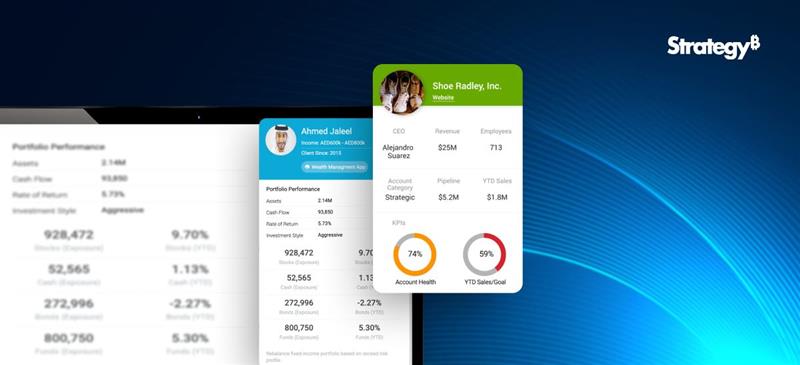Hello Tableau Fans! As promised here is the blog about the most awaited feature of Tableau 2019.1, ASK DATA! I have been waiting for this since the day it was announced in beta. Now it’s available with 2019.1 version on server and online. For those who don’t know what AskData is, its natural language capability engine integrated within Tableau server and Online. It takes self-service analytics to next level by allowing end users to get answers to their questions by simply typing. All we need to do is curate the dataset to make it easy for end user, publish it and start questioning.
Although it gives you powerful ability to bring out the insights, data also needs to be curated in a way that end user can easily understand and make use of it. Key points to keep in mind when you publish the data source for AskData.
I’m using sample super store to show AskData in action. Below shows how the aggregation works and how easily data fields can be changed on the fly.
It also leverages the ShowMe functionality that’s already available to change the type of chart. It lists down all the available charts based on your data fields. You can also observer the suggestions by NLP while you type questions. You can click on the one which is more relevant to your question.
It’s obvious that users tend to enter similar words while asking these questions. For example, they might type products instead product names. We can create synonyms for the data fields, so that it understands the question better. It takes no time to do this.
It understands all your questions and takes the advantages of existing analytical capabilities like aggregation, sorting, filtering, etc. It does auto-sorting when you select a bar chart.
AskData ships with a very powerful algorithm which understands the data, automatically indexes and gives you the right viz for your question. Here are some best practices to make it more useful.
In conclusion, AskData will certainly change the way we interact with data by shortening the time taken for data driven decisions.
I hope you have enjoy reading my blog, please keep up with us as we will be adding many more!
Please contact us at info@beinex.com to schedule a Tableau demo or training for you or your company.




